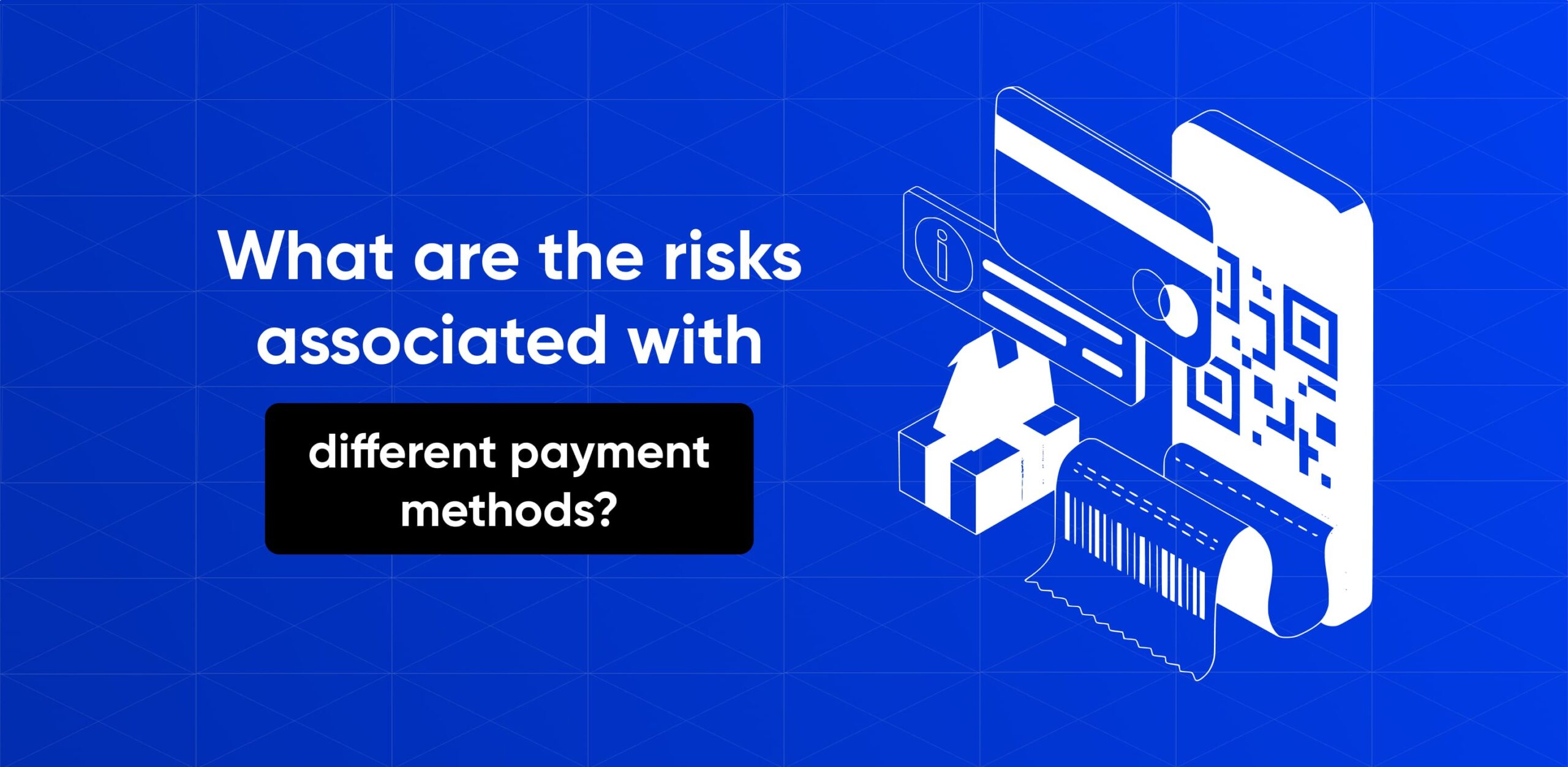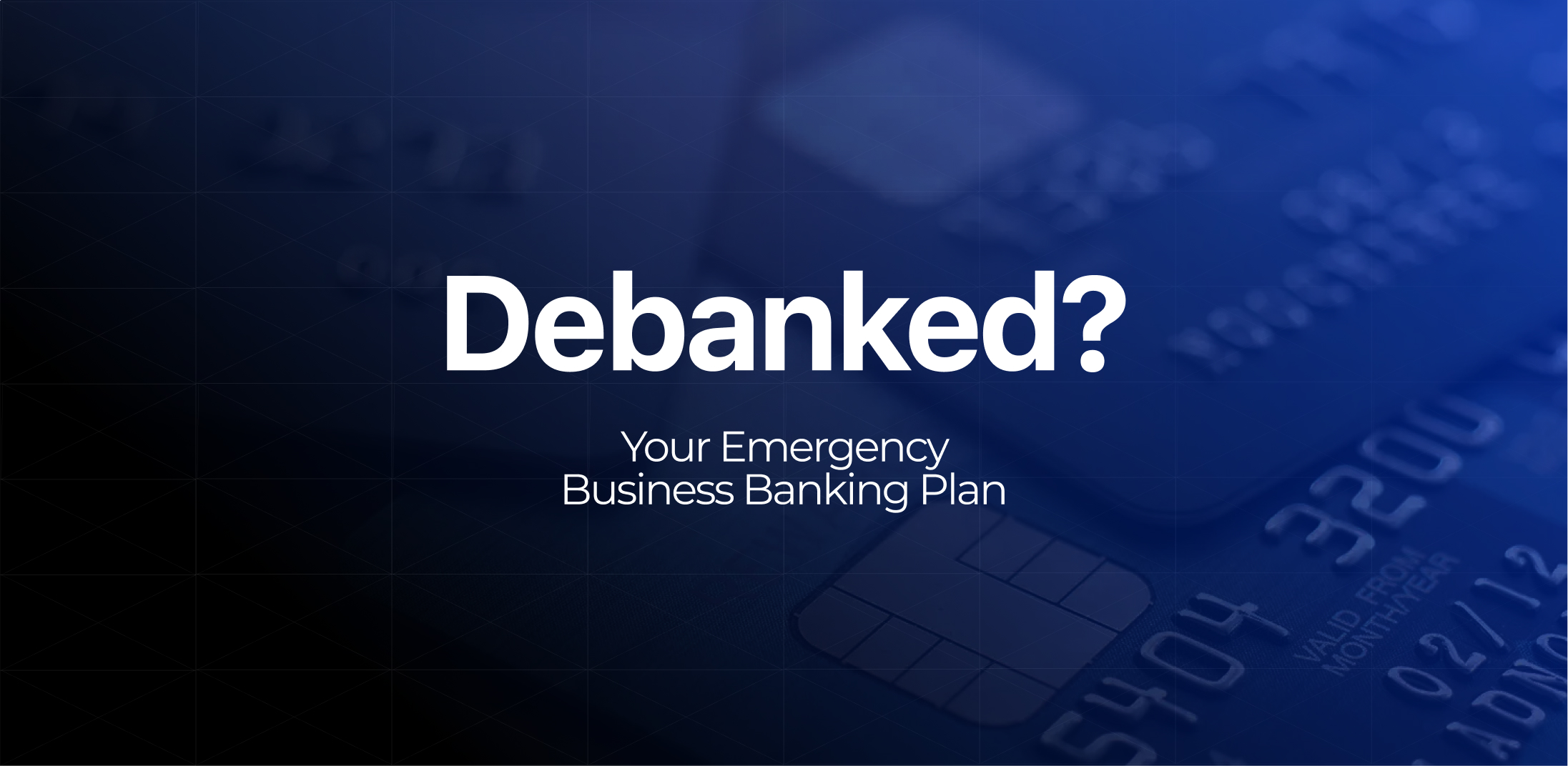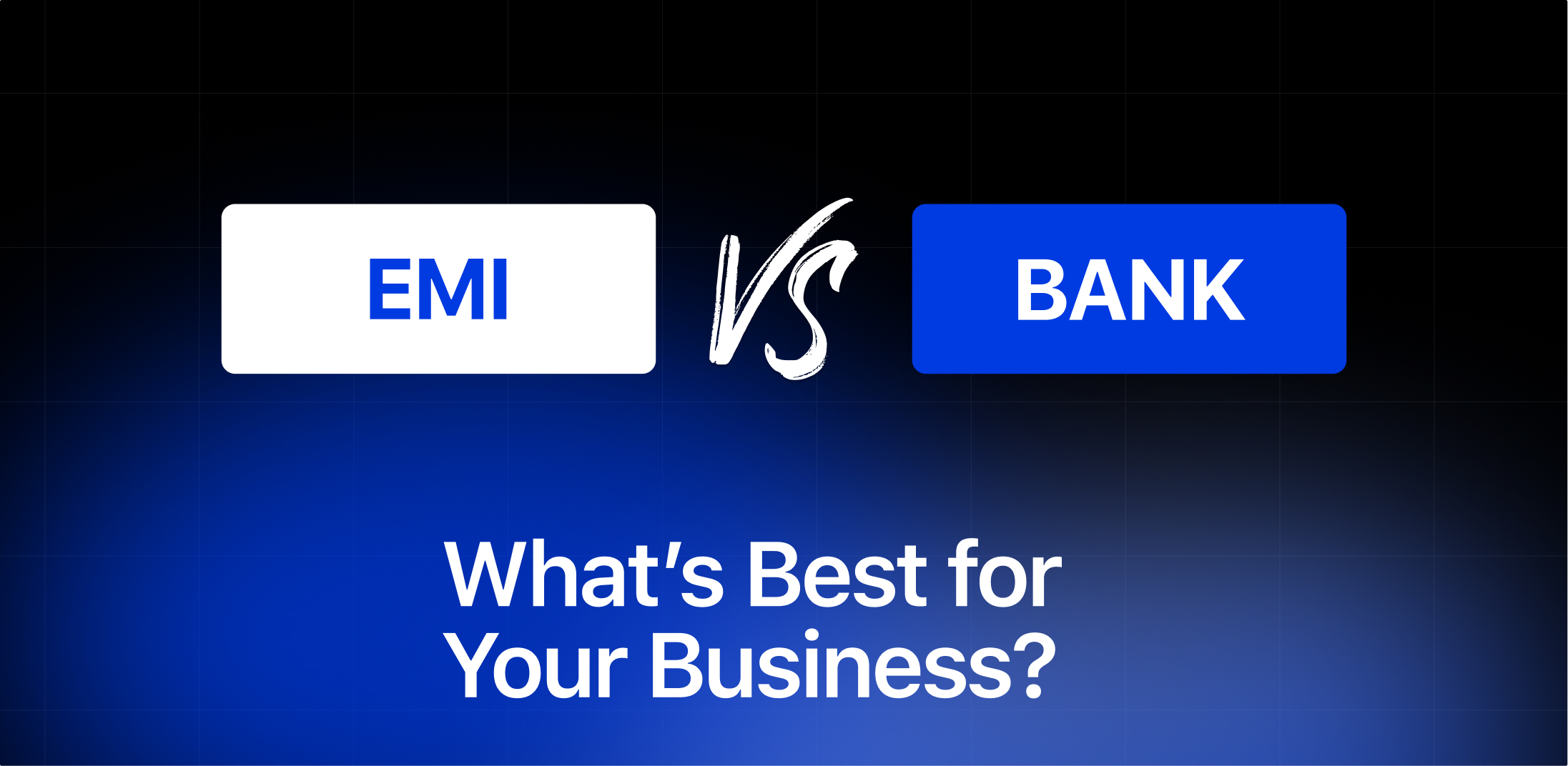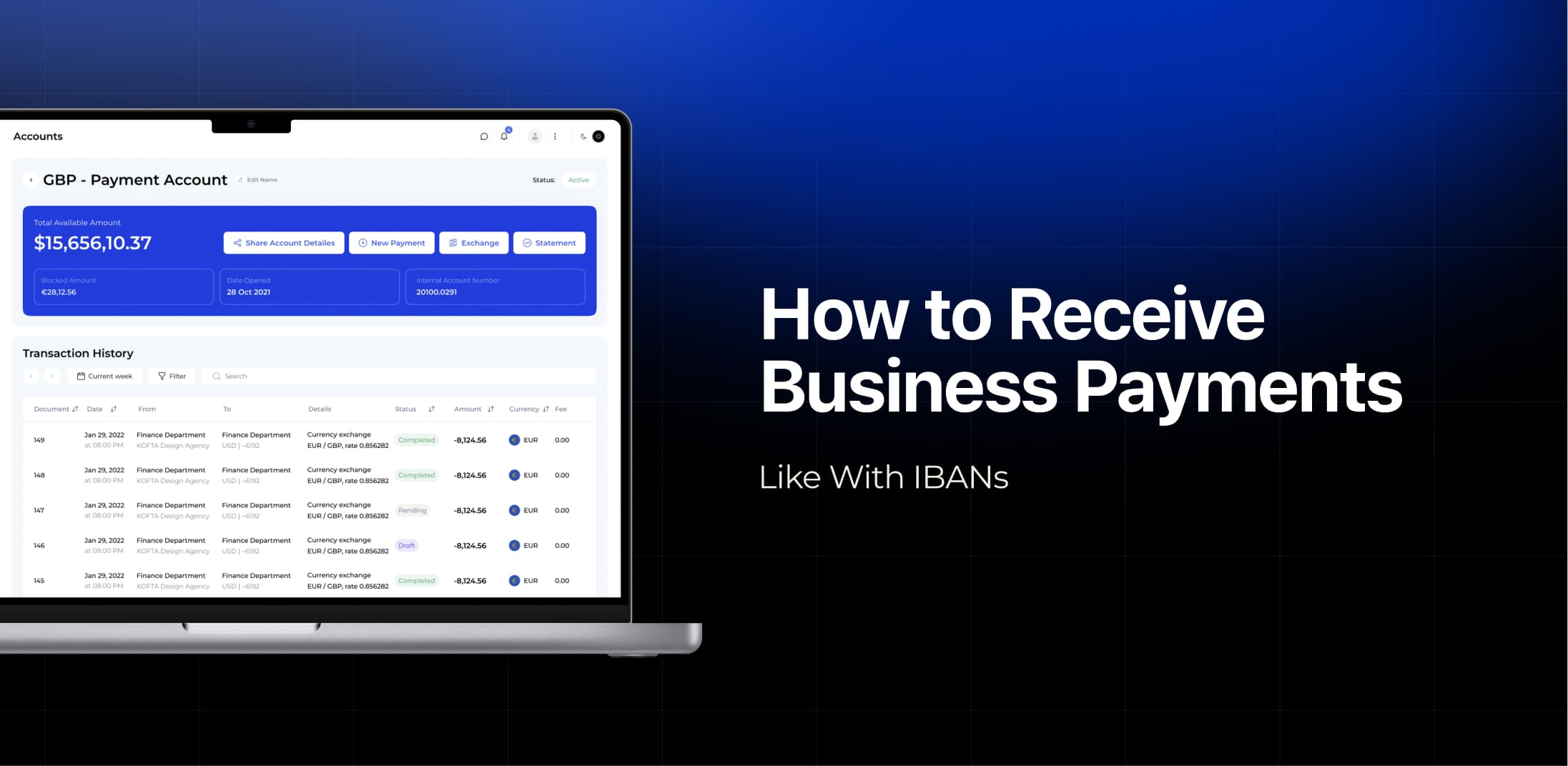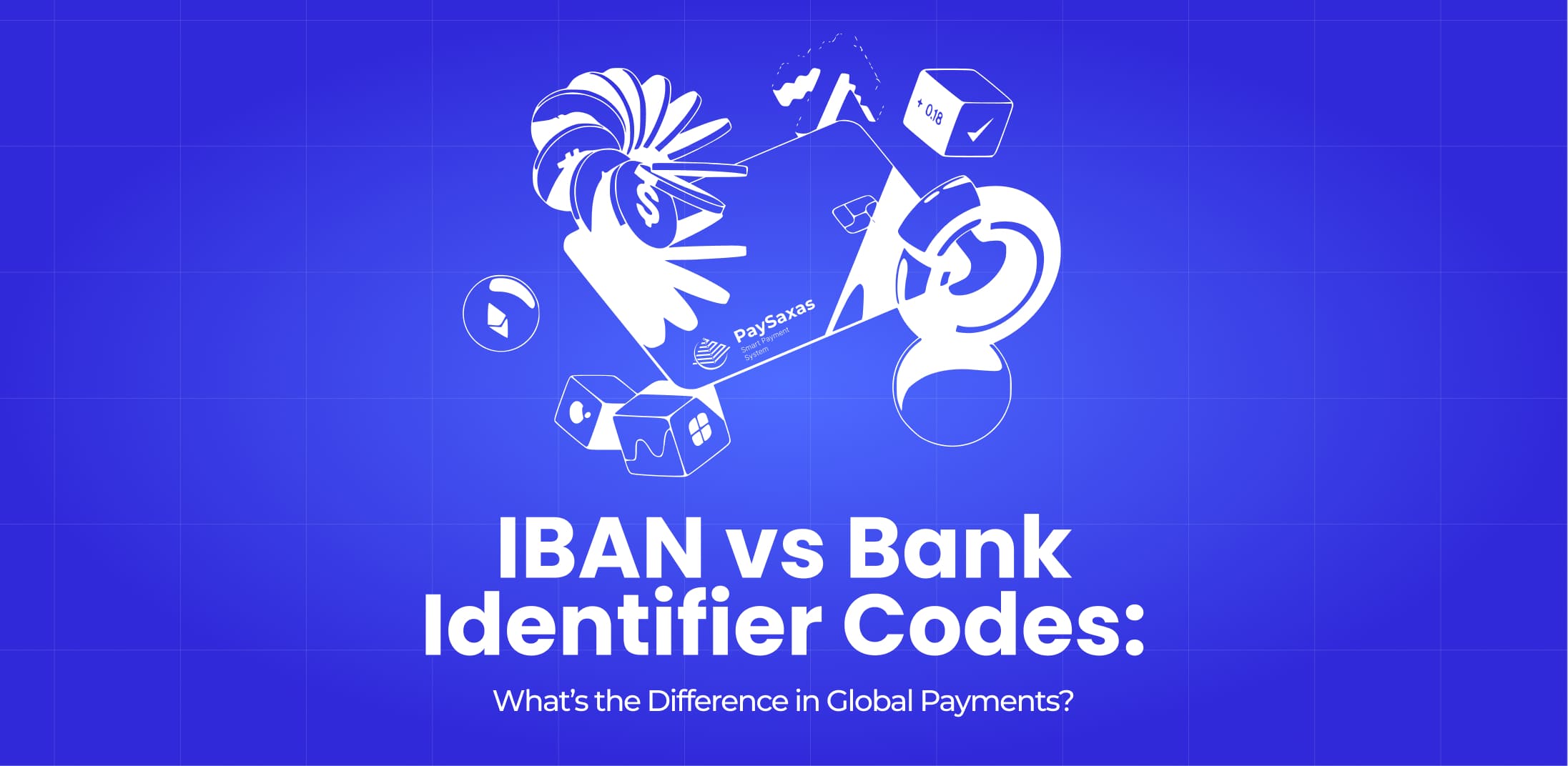Business today is rapidly evolving and expanding beyond local boundaries to a global scale. With this growth comes the necessity to pay for products and services in various local currencies. Now, individuals can make a payment both domestically and internationally, broadening the scope for international cooperation. This means you can choose any method of payments that works for you and your partners, enhancing flexibility and convenience.
With progress comes risk, which remains ever-present. International payment transactions, like domestic ones, are virtual and come with their own set of challenges and potential issues. It’s important not to miss out on account management here. PaySaxas aims to outline the payment methods available today and the risks associated with certain transactions. Let’s dive in.

An overview of Types of Payments methods
Cashless payment transactions have become popular these days. This is a payment that is performed without the use of cash. Instead, the funds are deposited into a bank account or e-wallet.The number of types of such payment operations is large. Businesses today have the opportunity to operate through different channels without a risk to increase their scope of operations. Bank transfer is considered to be a popular type of payments. Credit cards are also actively used as a method of paying.
However, it is still the case that each of these options of payment transactions has its own potential risk. The virtual world today is often subject to hacker attacks, scams, and human error. Businesses these days can’t help but utilize these payment methods, but at the same time, they must be careful and watch out for their security.
Different Payment Methods and Associated Risks
Today, different payment options are available worldwide. These are ways for people to pay for certain services and products. Furthermore, each individual payment method is crucial for the business. These methods enable companies to conduct transactions and collaborate with foreign partners and customers.
Additionally, many online platforms and banks are now requesting additional statements about third-party payment resources where the company has a profile. This serves as a form of confirmation without risk that the business requires an additional payment method. Let’s take a look at each payment method individually and see what risk each of them can carry.
Cards
Credit and debit cards are held by almost all individuals as well as often companies these days. This kind of plastic helps you to pay physically if you make a purchase at a store or any other place where there is a POS terminal. Also, it is the cards that help to make a virtual payment. One weakness of these cards is that the contactless payment function can not be disabled. This means it’s theoretically possible for someone to charge your card without your consent by discreetly placing a terminal near the pocket where you keep the card.
Despite this vulnerability, these cards remain very popular as a method of payment. However, banks are gradually shifting away from plastic cards because of such risk and increasing the use of digital cards. Since this payment method is still considered the most popular method these days, banks and payment institutions need to take a more careful approach to security.
Gift Cards, Loyalty and Reward Points
Another method of payment involves using non-traditional banking instruments such as gift cards, loyalty points, and reward points. These virtual funds accumulate in separate accounts and can be used at various businesses, restaurants, and stores that accept them as a kind of payment method.
Don’t forget about these options; they can serve as an excellent form of currency for payment transactions. Interestingly, many people often forget that they are part of any promotions or are savings card holders. By the time they remember, a considerable amount of money for payment can accumulate on their balance. These points can become an excellent method of payment when buying goods or services.
It’s a small thing, but it’s nice nonetheless. Special mention should be made of gift cards. This type of future pay can be a great offer to many corporate employees, or business partners. Pay now, use later. There’s always a risk that the money for payment could expire if it’s not used in time, but on the other hand, why should it be forgotten?
Digital Wallets
The category of electronic wallets includes mobile payment systems from Apple and Google — Apple Pay and Google Pay, respectively. These technologies enable payments using a smartphone, smartwatch, or other personal gadgets equipped with an NFC chip. Such ways also include electronic money systems such as PayPal.
It will make a great arsenal for your bank account management. To perform the payment transaction, the sender and the recipient of the money must have accounts in the system, to which e-wallets are linked. The sender will have to first enter the money into the system, and then send it to the recipient on the payment invoice.
Other representatives of this category work according to a similar scheme: Amazon Pay, Venmo, Zelle, etc. However, it is also a risk method for payments. Accounts can be hacked, and if you forget your login details, you may lose access to your money altogether. This risk must be taken into account when working with the tool.
Bank Debits
A direct debit is a payment method by which a pre-authorized agreement allows one entity to debit the bank account of another person or entity. They are made automatically and on a regular basis.
This type of payment transaction is often used to pay a number of bills such as credit card bills, electricity bills, internet bills and others. You can also pay for goods using a direct debit transaction by simply entering your debit card number into a payment machine. However, be cautious about where you enter your credit card details and what you sign up for.
There is a risk that hidden fees may be charged without your knowledge, and they can be substantial. The only way to unsubscribe from these charges is manually through the system where you initially provided your information. If you don’t do this, the payment transactions will continue. Don’t forget about the risk management of your accounts and balances.
Prepaid Cards
Prepaid cards have seamlessly woven themselves into the fabric of contemporary payment existence. They offer unparalleled convenience and wield a commanding influence over our financial affairs, streamlining every payment transaction.
With this card variant, you preload funds into an account, empowering you to engage in diverse financial activities. Unlike conventional bank cards, prepaid cards operate independently of bank accounts, endowing them with distinctive benefits and adaptability in utility.
Prepaid cards might provide lesser consumer safeguards as a risk in contrast to credit or debit cards. Should loss, theft, or fraudulent activity occur, your capacity to retrieve payment funds could be notably restricted. Do not underestimate such a risk.
Country-Specific Authenticated Bank Debits
Country-Specific Authenticated Bank Debits are a payment solution enabling users to buy directly from their bank accounts. Tailored to specific regions, this method demands authentication, typically via online banking credentials or other secure means. Upon authentication, funds are deducted from the user’s bank account and sent to the merchant.
Widely adopted for online shopping, it offers a secure and straightforward alternative to credit cards and other payment intermediaries. Like all digital payment transactions, there’s a risk of security breaches or hacking attempts occurring during the authentication phase, which could result in unauthorized access to confidential banking data.
Buy Now, Pay Later (BNPL)
Another method which is popular today is BNPL. This is an opportunity to break up the purchase price into multiple payments with transactions over one or two months. With such a tool, businesses are looking to move away from paid services and reduce their spending at the moment.
Sellers also benefit from this arrangement: sales conversion rates increase, and customers who are allowed to split transactions tend to spend more and return for additional purchases. Sellers receive immediate payment for goods and services from the service operator, who in turn earns a commission from partners. Retailers and service companies return a percentage of each payment through the BNPL system.
But this is also where the risk comes in. Consumers are seriously concerned about credit card interest and late fees payment. Moreover, half of all respondents said that they have had debt problems due to credit card loans. So, this method should be taken with caution. It’s often referred to as high risk payments.
Cryptocurrencies
Cryptocurrency is a type of digital asset that is increasingly used in the modern world. It is used not only for earning and preserving capital, but also as a tool for accepting payments around the world. Such currency increases the number of buyers around the world. Accepting international payments is becoming easier.
This is one of the ways you can send and receive payment transactions for your business today. Moreover, there is virtually no risk of funds being blocked. Decentralization of cryptocurrency means that there is no single supervisory body. The use of crypto allows you to bypass most of the payment restrictions imposed by individual states and banks. But still, there’s no need to forget about the payment risk management.
Digital platforms for virtual currency payment transactions are frequently targeted by attacks. New portals may also struggle to gain trust. It is essential to read reviews about the company, check how long it has been in the market, and verify its operating license. Generally, payments in banking are more reliable than cryptocurrency transactions.
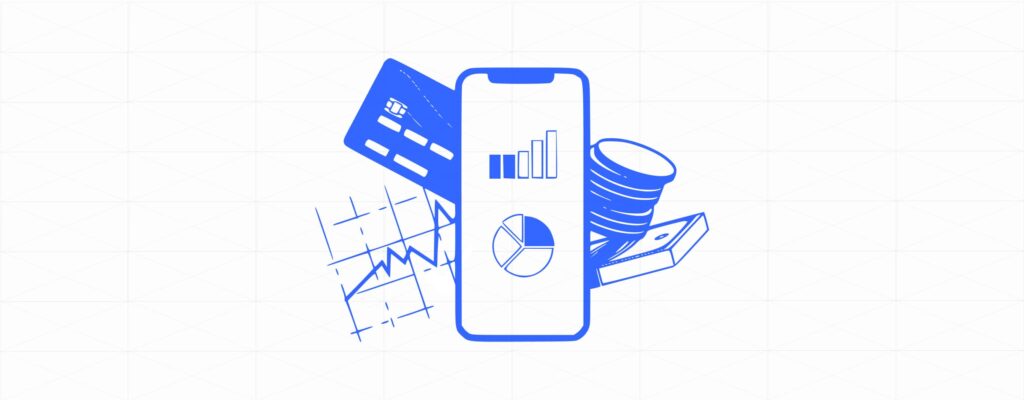
Risks associated with payment methods
Third-party payment processors
Businesses today often rely on third-party resources as a means to facilitate a payment. These platforms, such as PayPal, Stripe, or Square, offer convenience, yet they also come with inherent risks. It’s certainly something worth noting.
- If the platform doesn’t like something, your account will be blocked. Access to money will be restricted.
- There may be wrongful disputes about previous transactions where you, making the payment, may be wrong.
- Read the terms and conditions of cooperation. There may also be payment tricks.
Trusting corporate funds should be done more carefully. Check your counterparties and partners in your business.

Social engineering and scams
Social engineering tactics can be employed by scammers to deceive individuals or businesses into directing a payment to fraudulent accounts or for non-existent goods or services. Phishing emails, messages, or phone calls have the potential risk to trick individuals into divulging sensitive payment information, like credit card numbers or login credentials, to deceptive parties.
Schemes like this are not uncommon today, which confirms the need to increase the security of every payment method you use. Remember, the risk to the business is many times higher as scammers are convinced that businesses have more funds in their accounts.
Cryptocurrency Volatility
When a business is ready to work with cryptocurrency, it’s crucial to consider the risk of volatility. A payment from counterparties can be made with digital currencies, but these are generally unstable, except for USDT. Such volatility can lead to financial losses. Therefore, it’s advisable to request a payment in stablecoins to mitigate this risk.
Ensure the accuracy of data entry when making such transactions. If you omit characters in the recipient’s address, the payment may be sent to the wrong recipient or be lost entirely. This risk factor is also present in cryptocurrency.
Conclusion
To summarize, it should be noted that businesses today have been fortunate. There are different ways to pay for services and goods. This really simplifies life, expands payment opportunities, and benefits those who want to develop. Each individual type for making a payment demonstrates its own positive and negative qualities for use.
In general, any online payment transactions should be carefully checked and you should be careful about what you send, where you send it, and to whom. The PaySaxas team is always ready to advise you on which payment method will suit your business best and what risk you may face. Read our new news and articles and be the first to know everything that happens in the world of finance and payments.


